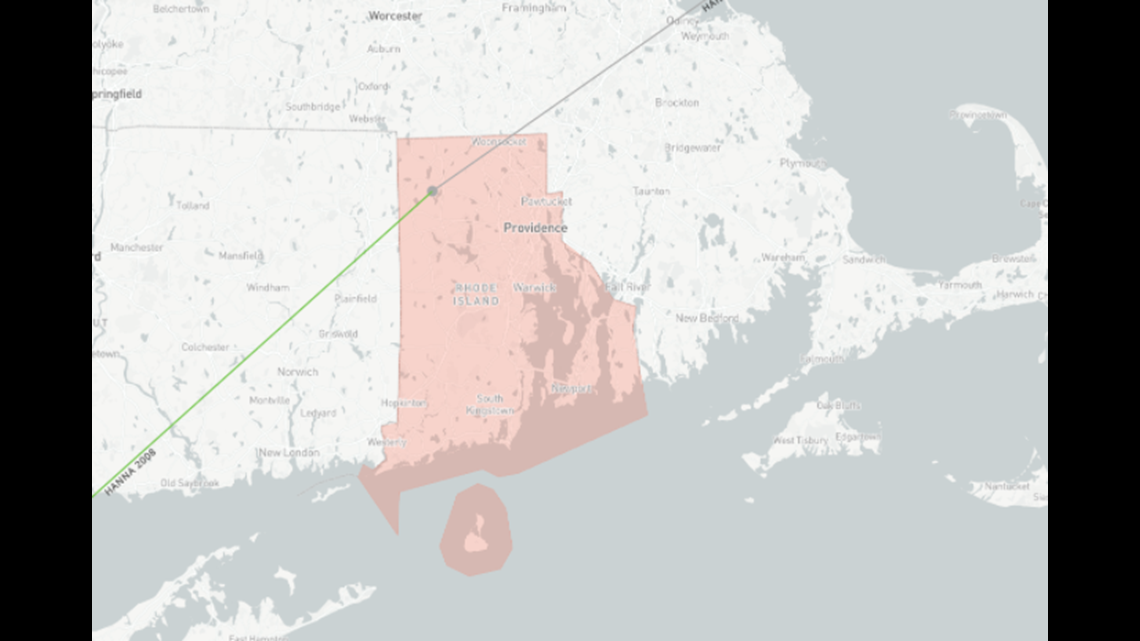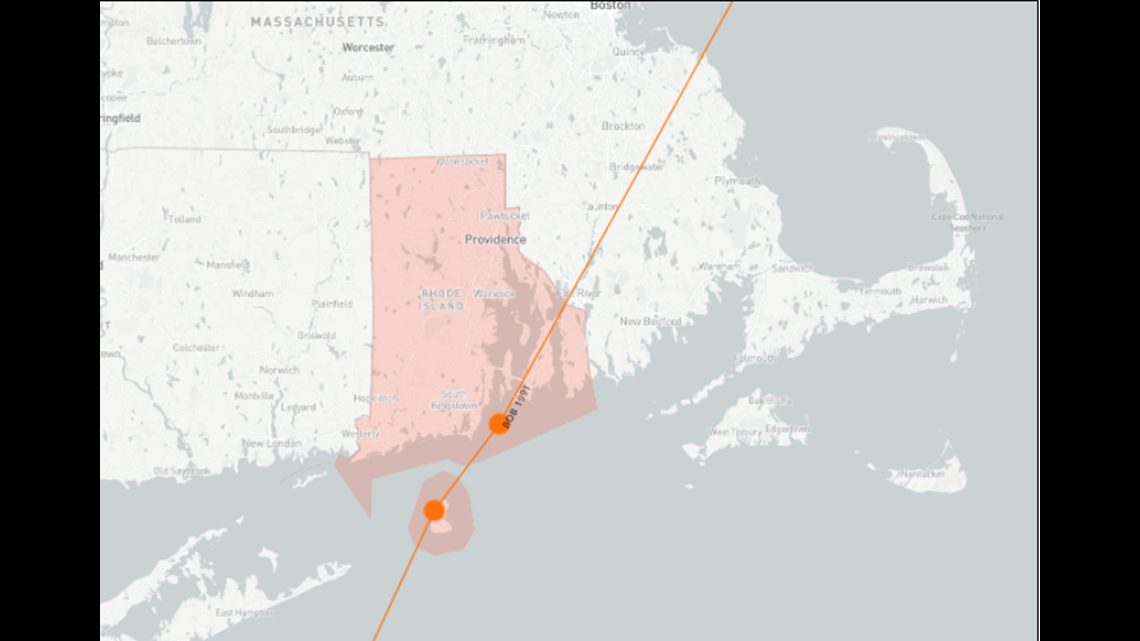GREENSBORO, N.C. — Henri made landfall early afternoon on Sunday at 12:15 pm as a tropical storm near Westerly, Rhode Island after quickly downgrading to from a Category 1 hurricane.
Once the track started hinting at possibly upgrading to a hurricane and headed for the New England coast, meteorologists and weather enthusiasts raised a lot of eyebrows. Tropical storms reaching the New England coast is possible, but not common; however, the likelihood of a hurricane reaching this area is even lower. Most tropical systems originate too far south from the New England coast making it difficult for any tropical activity to remain organized through an entire trek from the tropics to this region. Environmental conditions can drastically change across this long journey which generally aids in disrupting the structure and helping the storm collapse. In addition, with most systems that do take a path northward, they generally stay fairly close to the East Coast and often make a landfall or skirt the North Carolina coast due to its protruding coastline.
According to the National Weather Service, 2008's Hurricane Hanna was the most recent tropical storm to cross northern Rhode Island. This tropical system quickly downgraded to a tropical depression once crossing into the state.


However, 1991's Hurricane Bob was the most recent hurricane to make landfall in southern Rhode Island as a Category 2 hurricane. This was nearly 30 years ago. Interestingly enough, Bob made landfall in this area on August 19, 1991 which was the about two days and 29 years prior to Henri.


However, Bob was the season's 2nd named storm of the 1991 Atlantic hurricane season and Henri was the 8th named storm of this year's season. The 2021 season has had a few early named storms. This follows trends from the previous year. The 2020 Atlantic hurricane season's 8th named storm, Hanna, made landfall in southeastern Texas as a category 1 hurricane on July 25, 2020.
As of Monday afternoon, there are no other active systems in the Atlantic basin.

